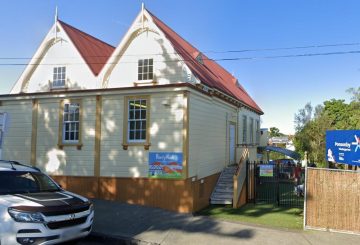Covid 19 三角洲更新
- 新西兰将在 4 级封锁直到周二
- 奥克兰和北部地区将更长时间停留在 4 级限制
- 3 级对你来说意味着什么?
- 新西兰将在 4 级保持至周二
新西兰将在 4 级保持至周二
总理哈辛达·阿登在下午 3:00 的媒体发布会上宣布,新西兰将在 8 月 31 日星期二下午 11:59 之前一直保持在 4 级状态。她表示,政府正在采取谨慎的态度,延长本来将于今晚到期的关卡封锁。
阿德恩表示,额外的四天将允许卫生专家分析整整两周的数据和其他信息周期。
如果一切都按计划进行,则 4 级限制将停止,3 级限制将被新西兰所有地区(奥克兰和北部地区除外)采用。
奥克兰和北部地区将更长时间停留在 4 级限制
预计奥克兰和北部地区将继续维持在 4 级水平,再延续两个星期。
政府决定将北部地区保持在 4 级,是因为在奥克兰以北 60 公里处的城镇沃克沃斯确认了一例阳性病例。
今天确诊了 70 例新病例,使新西兰的病例总数达到 347 例
3 级对你来说意味着什么?
总理说:“第三级允许我们给予企业和其他人更多的自由,但与他人的接触仍然有限。”
阿登说:“我们希望你尽可能限制联系。”
她说,外卖食品店只能通过非接触式方法经营。
“我们希望你尽可能限制联系。”
公共场所仍然关闭。允许 10 人团体参加婚礼、葬礼和探险活动。
所有公共交通工具仍然是强制性的口罩,建议尽量在公共场所佩戴口罩。您还必须遵循物理距离,在零售商店中保持两米的距离,在学校和工作场所等受控环境中保持一米的距离。
在 3 级,您可以在您所在地区内本地旅行,但是前往另一个地区的旅行受到严格限制。但是,商业、创新和就业部将从周日起对需要豁免才能跨越工作的人开放接受申请。



















































-360x245.jpg)










